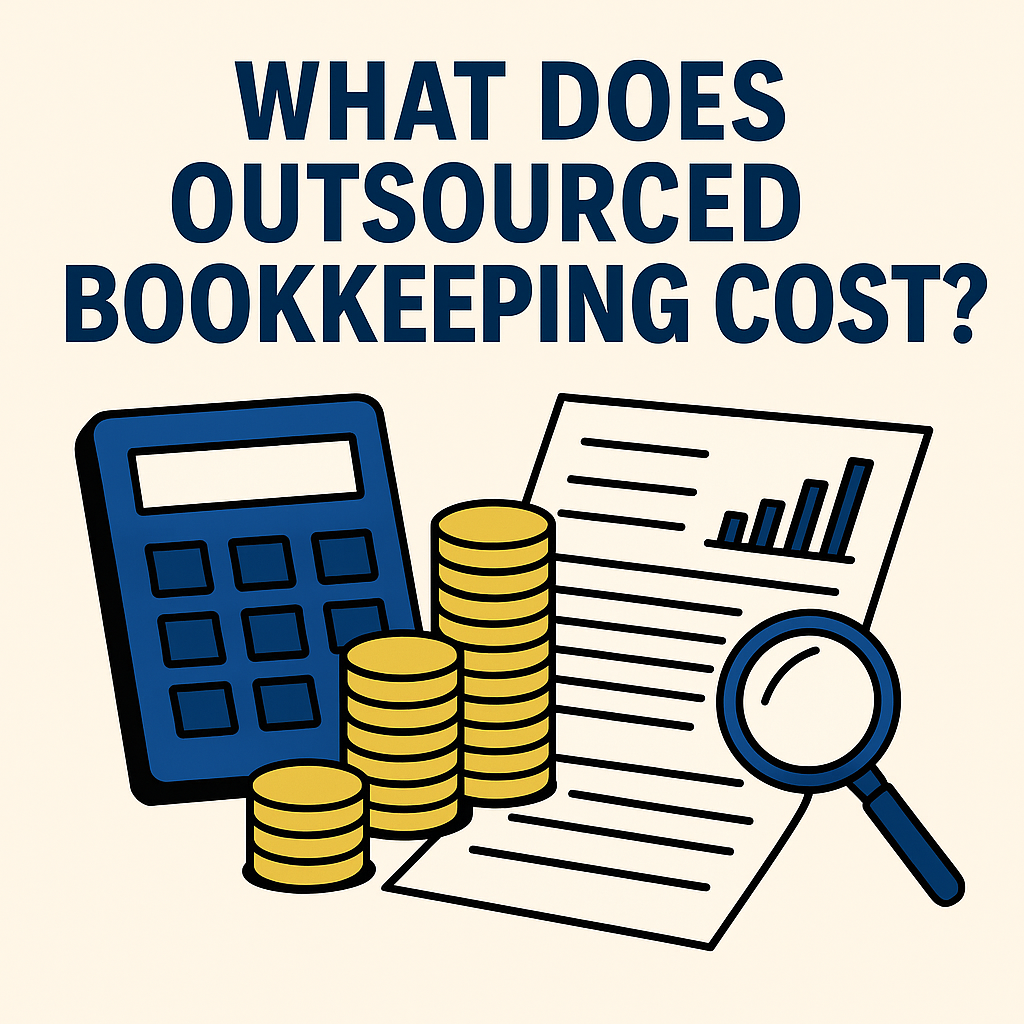
It’s no secret that the de facto legal entity choice is a limited liability company (“LLC”).
A limited liability company is the preferred legal entity of choice for business owners because it offers a flexible capital structure and limited liability protection for owners.
Flexible Capital Structure
With an LLC, you can create an unlimited combination of voting and economic arrangements you want. You can have multiple classes of units that offer varying priority returns on profits and capital in the business.
Limited Liability Protection
A limited liability company grants limited liability protection to all of its members. Tread carefully here as you can easily lose this protection by piercing the corporate veil.
Given all of the benefits, it’s hard to see why anyone wouldn’t choose an LLC for their marketing practice or agency in this day and age.
What About a Corporation?
Although corporations can have a multiple class capital structure, the rigid nature of operating a corporation for a small business can be cost prohibitive and unnecessary for a wholly owned company. You don’t need to create a state law corporation anymore unless you are planning on going public via an initial public offering (“IPO”) or your state has a professional corporation mandate for your type of business. They’re best reserved for a business that has a very specific intent to go public in the future.
A Breakdown Of All The LLC Tax Classifications
Choosing an LLC for your legal structure is easy, but choosing a tax classification for taxes is complex because it is so flexible. The tax code explains that there are default and elected classifications. You have two default classifications and two elective classifications available as a business owner. Let’s walk through the options:
Classification 1: Sole-proprietor (Single Member LLC)
If you own 100% of the LLC used for your business, the Tax Code doesn’t recognize your LLC for income taxes. It’s a disregarded entity and your business income and deductions are recognized on your individual tax return – assuming you’re the sole owner. You would:
- Report business income and deductions on Schedule C of Form 1040
- Pay individual taxes and self-employment taxes on taxable income
- Do not pay taxes on owner distributions out of your LLC’s bank account
- Eligible for the 20% qualified business income deduction
Your LLC is still “regarded” for every other purpose, including employment taxes. You must issue 1099s and W-2s to your contractors and employees under your LLC. Be sure to classify yourself as a disregarded entity on the W-9 you provide to your clients.
Classification 2: Partnership (Multiple Member LLC)
If you have multiple members in your LLC, then by default your LLC will be treated as a partnership for income tax purposes. You would:
- Report business income and deductions on Schedule K of Form 1065 (partnership return)
- Report each member’s share of income and deductions on Schedule K-1 based on their economic share of taxable income (written in your operating agreement)
- Managing members pay individual taxes and self-employment taxes on their share of income and deductions reported on Schedule K-1
- Limited members with no operating involvement pay individual taxes, but not self-employment taxes, on their share of income and deductions
- Do not pay taxes on owner distributions out of your LLC’s bank account (some exceptions apply)
- Eligible for the 20% qualified business income deduction
Partnerships are extremely complicated in the tax world because of all of the possible economic arrangements between parties. I’ve seen too many disagreements where members think they’re paying more than their fair share of taxes because of inadequate or erroneous tax planning.
It’s best to retain an experienced Tax Advisor who knows how to properly maintain each member’s capital account from inception to end.
Classification 3: Corporation (Single or Multi Member LLC)
You can elect to classify your LLC as a corporation on Form 8832. A corporation is a regarded entity that pays its own income taxes. Your agency would:
- Report business income and deductions on Form 1120
- The business pays its own income taxes unless it files an “S” election
- The officer pays income and payroll taxes on a reasonable salary paid out of the LLC
- Shareholders pay a tax on dividends out of corporate earnings and profits (with many exceptions)
- NOT eligible for the 20% qualified business income deduction
- Can qualify for small business stock capital gain exclusion
Corporations are subject to double taxation in two ways: the corporation pays taxes on profits, and the shareholders pay taxes on dividends. You also have to pay shareholders “reasonable compensation” for any officer, director, or employee roles they assume in the business.
Classification 4: S-Corporation (Single or Multi Member LLC)
You can elect to classify your LLC as a corporation, and then elect “S” status for your corporation.
S-corporations are pass-through entities that share similarities with partnerships and corporations. The shareholders would:
- Report business income and deductions on Schedule K of Form 1120S
- Report each shareholder’s share of income and deductions on Schedule K-1 based on stock ownership
- Shareholders pay individual taxes on their share of income and deductions reported on Schedule K-1
- The officer pays income and payroll taxes on a reasonable salary paid out of the LLC
- Shareholders do not pay taxes on distributions out of your LLC bank account (of course exceptions apply)
- Eligible for the 20% qualified business income deduction
S-corporations are attractive for tax savings because of the single layer of tax, zero self-employment tax, and deductible benefits for shareholders. The Code requires the LLC to have only a single class of stock. They also have strict ownership requirements that could terminate your “S” status if you don’t follow them. They’re generally harder to maintain and upkeep – a task you would want to outsource to your local Tax Advisor.
What LLC tax classification should I pick?
As with all things in the tax world, it depends!
- How many partners do you have? Do you plan on bringing on anyone new?
- What’s your annual net income? What are your revenue growth projections for the next 5 years?
- How much profit are you reinvesting back into your practice? How much are you distributing for personal expenses?
- Where is your company doing business? Other states? Foreign countries?
The vast majority of our small business clients decide on an S-corporation for the single layer of income tax and reduced social security taxes, but that may not be the best fit for you! A great tax advisor will help select a classification for your business that is most appropriate for your business.
Don’t have a Tax Advisor to save you the big bucks? Schedule a free consultation to see how we can help!
The Clever Writing Team
The CleverProfits writing team includes various team members in Advisory, Financial Strategy, Tax, and Leadership. Our goal is to provide relevant and easy-to-understand financial content to help founders and business leaders reach their true potential.





